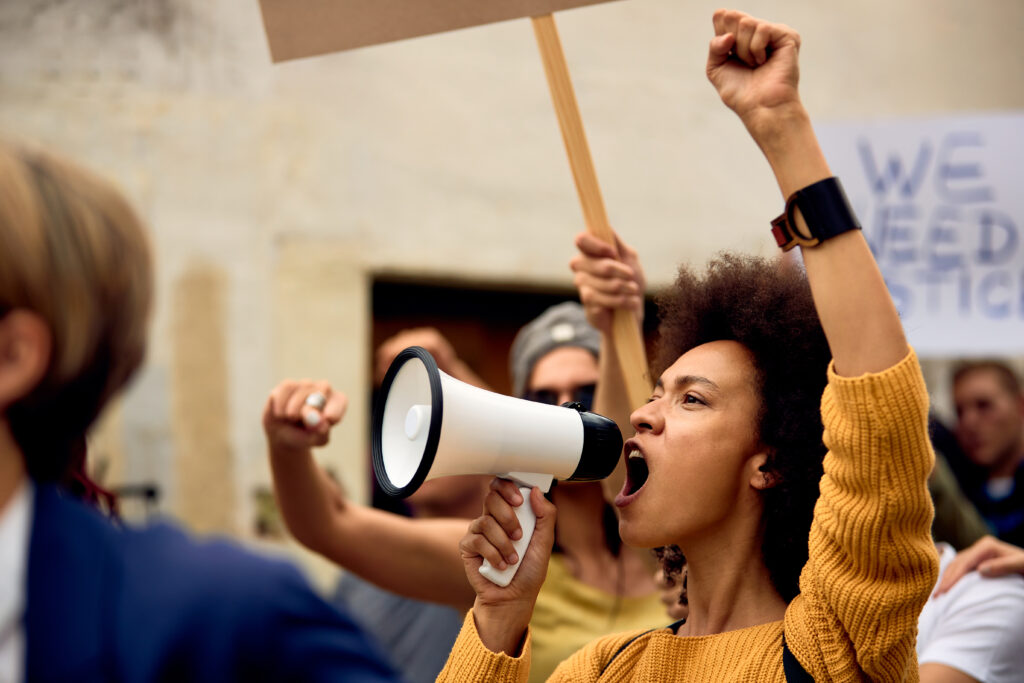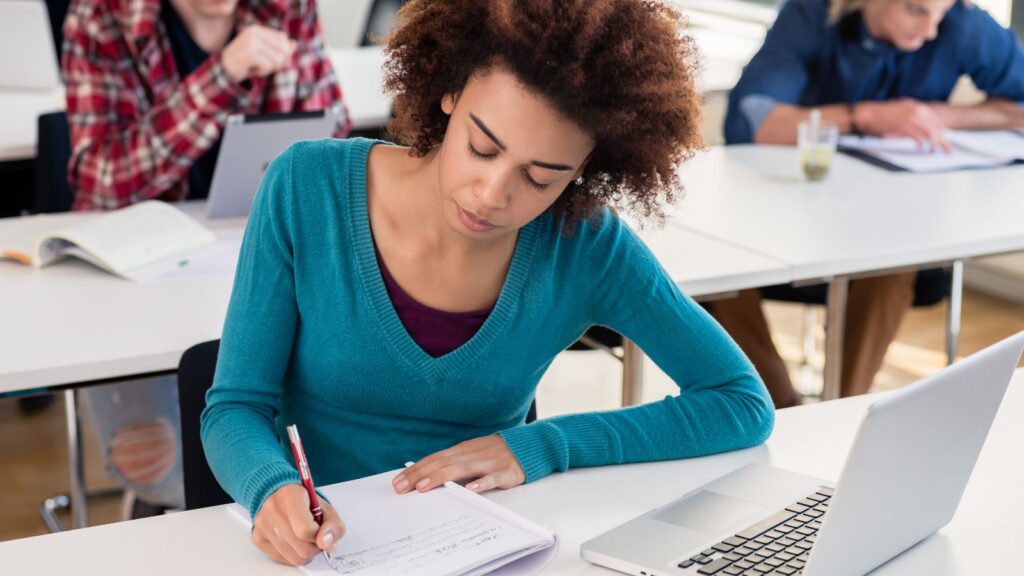Skill-development is surely the watchword for the new GCSE English Language curriculum. With no core ‘text’ for students to engage with – except by teaching GCSE Literature alongside – it has become even more essential that students are developing skills and learning the ability to transfer those skills from reading to writing and vice versa.
Students need plenty of practice of key skills. But this can quickly become monotonous. A great way to make skills such as descriptive writing and structural analysis more engaging is through the use of pictures. AQA include a picture as a descriptive option on paper 1 section B. The board also emphasises the importance of thinking about structure as changing focus, or movement across a text, in section A question 3 – i.e. thinking about how writers ‘pan and zoom’ across a scene, rather than just analysing sentence lengths and starts.
Playing with pictures of scenes is an accessible way for students to learn to experiment with the organisation of their own descriptive writing and understand how authors structure their texts.
Picture Activities for Skill-Building 
- Give students a piece of card with a hole cut out as a ‘view finder’. Get them to move the ‘view finder’ across a picture of a scene to help them choose one part to focus on. (This could equally be done on a smartboard instead.) Students can then be challenged to write a short descriptive paragraph of just that one part of a picture. They can repeat the activity several times with different parts of the scene. This will help them to develop their writing about individual objects in a setting in detail, rather than falling into the trap of listing everything they can see in a scene.
- Ask students to decide in what order they would choose to reveal the objects if they were showing the scene bit by bit to another person. Would they go from left to right? Is there an order which makes the content of the picture more surprising? Encourage them to view each of their paragraphs like stills from a camera which can pan and zoom across a scene. By cutting up the paragraphs, re-numbering them, or moving them around on mini-whiteboards, they can experiment with different orders to build different ways of looking at the ‘picture’.
- Students could get a partner to try and draw a sketch, one object at a time, from their description. Ask students to explore how the order of their paragraphs changes the picture their partner imagined.

- With a text extract in preparation for section A question 3, get students to apply this skill by drawing a sketch for each paragraph of the piece. (If your students aren’t feeling very arty you could get them to match each paragraph to a picture you provide or you ask them to find them online instead!)
- Explore what the focus is on as we move from each picture they chose for each paragraph. Is the first picture a whole scene, the next a group of people in the scene and the final picture one person’s eyes? Challenge them to describe what we are ‘looking’ at in the text using cinematic terms – are we zooming? Panning? Moving slowly or quickly?
- From here, students should have built the skills to discuss probable reasons for writers’ structural choices when they reflect on the effect of their own choices in building a picture through their descriptive writing.



